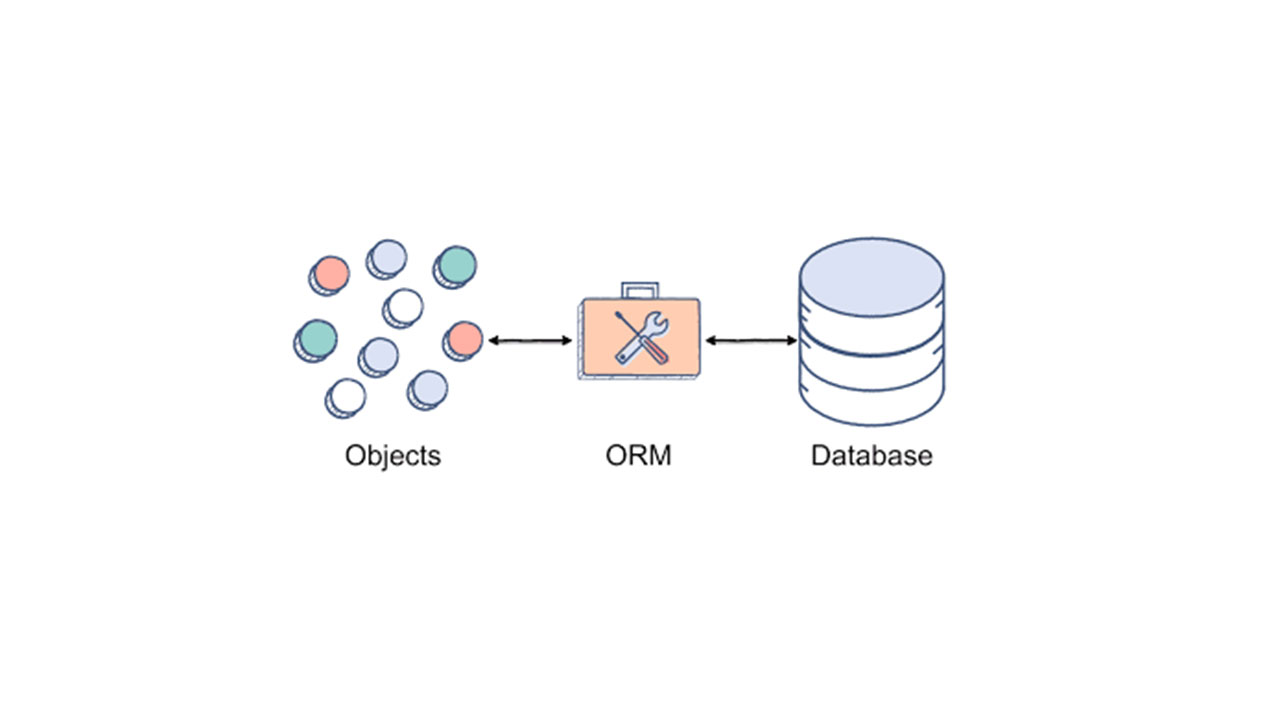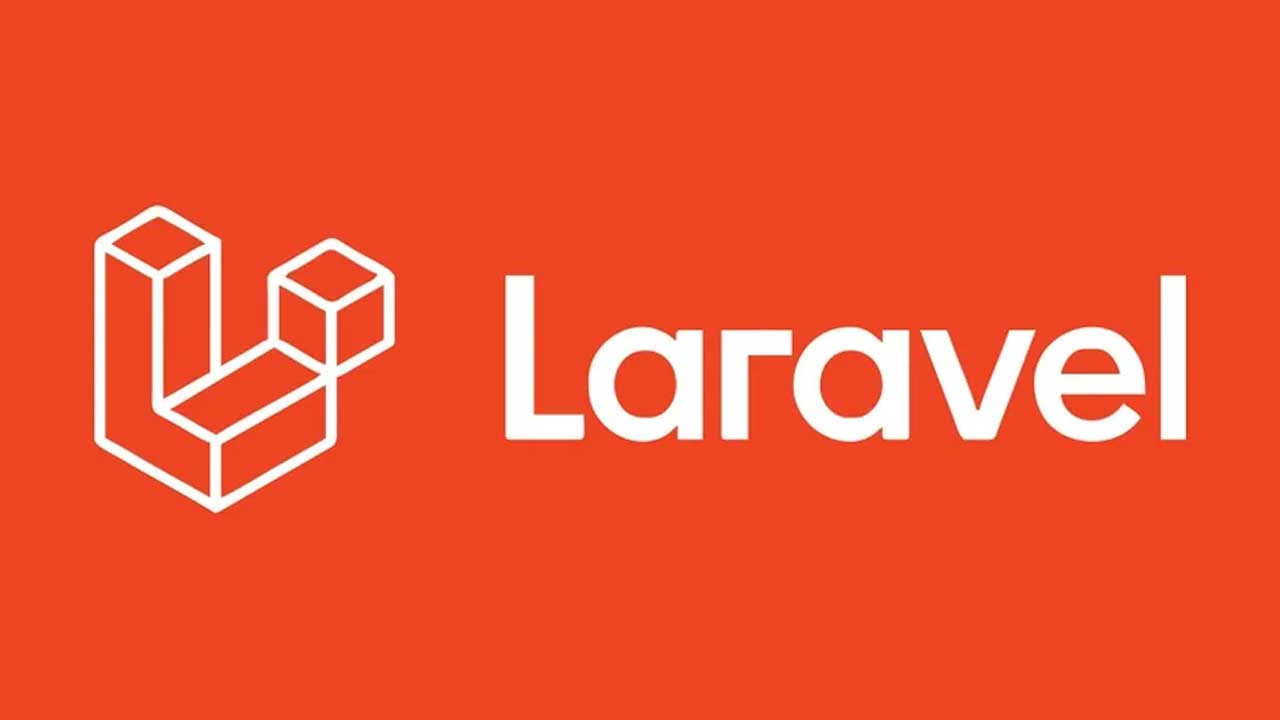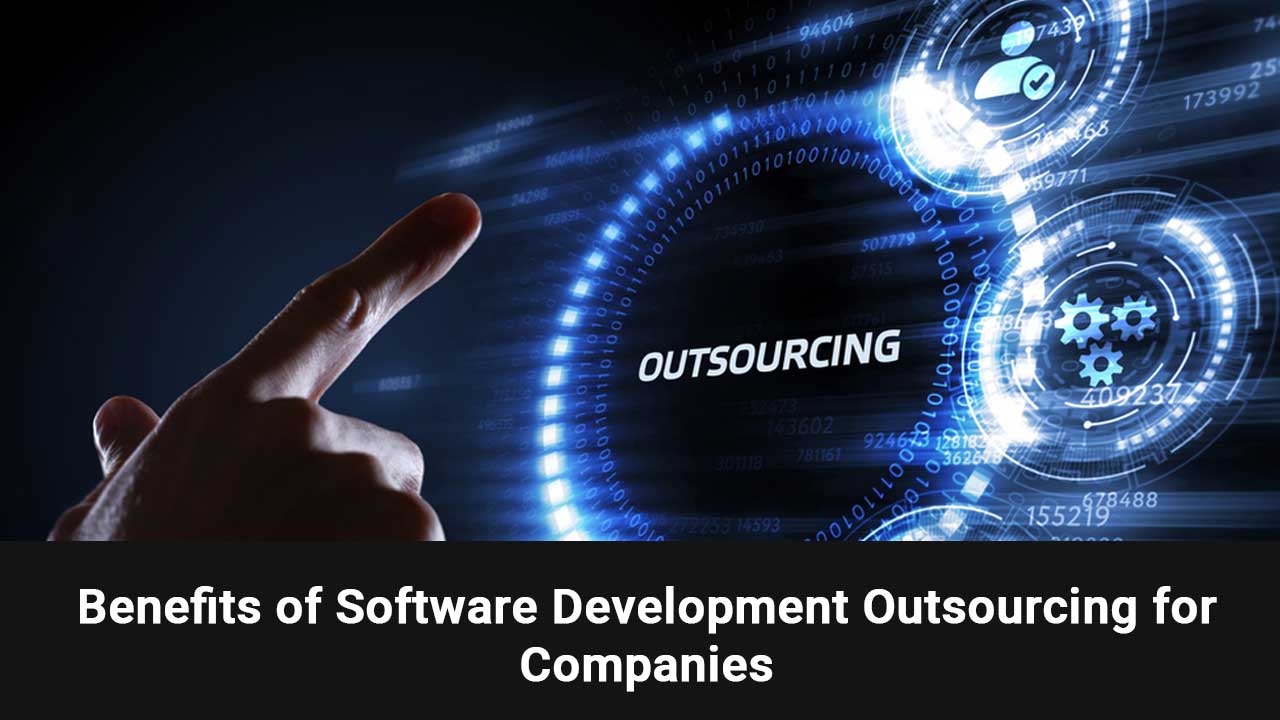Understanding Object-Relational Mapping (ORM)
Object-Relational Mapping (ORM) is a critical concept in modern software development, facilitating the interaction between object-oriented programming languages and relational databases. In this blog, we’ll delve into the core principles of ORM, its benefits, and practical implementations, and address common questions and concerns.
What is ORM?
Object-Relational Mapping (ORM) is a programming technique that enables developers to convert data between incompatible type systems using object-oriented programming languages. Essentially, ORM tools map objects in the code to rows in a database table, simplifying database interactions.
Key Concepts of ORM
1. Entities and Classes: In ORM, database tables are represented as classes in the code. Each instance of a class corresponds to a row in the database table.
2. Attributes and Columns: Class attributes are mapped to table columns. For example, a `User` class might have attributes like `id`, `name`, and `email`, which correspond to columns in the `users` table.
3. Relationships: ORM handles relationships between tables, such as one-to-one, one-to-many, and many-to-many, using object references.
Benefits of Using ORM
Simplified Data Access
ORM abstracts the complexities of SQL queries, allowing developers to interact with the database using high-level code. This reduces the need for writing boilerplate SQL, leading to more readable and maintainable code.
Improved Productivity
By handling routine database operations automatically, ORM frameworks free up developers to focus on business logic rather than database management, enhancing productivity.
Consistency and Maintainability
ORM ensures that database access patterns are consistent across an application. Changes in the database schema can be managed more easily, as ORM frameworks often provide tools for schema migrations.
Reduced Boilerplate Code
ORM eliminates repetitive CRUD (Create, Read, Update, Delete) operations, reducing boilerplate code and minimizing the risk of human error.
Popular ORM Frameworks
Hibernate (Java)
Hibernate is a widely-used ORM framework for Java. It provides a robust set of features, including caching, lazy loading, and automatic schema generation. Hibernate’s Query Language (HQL) allows for powerful query capabilities.
Django ORM (Python)
Django, a popular web framework for Python, comes with a built-in ORM that is simple yet powerful. It supports complex queries, relationships, and schema migrations, making it a favorite among Python developers.
Entity Framework (C#)
Entity Framework is the ORM framework for .NET. It supports LINQ (Language Integrated Query) to query databases using C# syntax, providing a seamless integration with the .NET ecosystem.
Sequelize (JavaScript/Node.js)
Sequelize is a promise-based ORM for Node.js, supporting PostgreSQL, MySQL, SQLite, and MariaDB. It provides a flexible and intuitive API for defining models, relationships, and performing queries.
Practical Example: Using Django ORM
Here’s a quick example to illustrate how Django ORM simplifies database operations.
Defining Models
In Django, you define models in a `models.py` file. Each model corresponds to a table in the database.
“`python
from django.db import models
class Author(models.Model):
name = models.CharField(max_length=100)
birth_date = models.DateField()
class Book(models.Model):
title = models.CharField(max_length=200)
author = models.ForeignKey(Author, on_delete=models.CASCADE)
“`
Querying Data
Django ORM allows you to query data using Python code.
“`python
# Get all authors
authors = Author.objects.all()
# Get a specific author by name
author = Author.objects.get(name=”John Doe”)
# Create a new book
new_book = Book.objects.create(title=”New Book”, author=author)
# Update an existing book
book = Book.objects.get(id=1)
book.title = “Updated Title”
book.save()
# Delete a book
book.delete()
“`
Conclusion
Object-Relational Mapping (ORM) is a powerful tool in modern software development, providing an abstraction layer between object-oriented programming languages and relational databases. It simplifies data access, enhances productivity, ensures consistency, and reduces boilerplate code. By leveraging ORM frameworks like Hibernate, Django ORM, Entity Framework, and Sequelize, developers can build robust and maintainable applications more efficiently.
FAQs
What are the common challenges with ORM?
Common challenges include performance issues due to inefficient queries, difficulties in handling complex transactions, and the learning curve associated with mastering ORM frameworks.
Can ORM replace SQL completely?
While ORM simplifies many database interactions, there are scenarios where raw SQL queries are more efficient or necessary for complex operations. Therefore, it’s essential to understand both ORM and SQL.
How does ORM handle database migrations?
Most ORM frameworks provide tools to manage database schema changes. For example, Django ORM uses migration files to apply changes to the database schema over time, ensuring that the database remains in sync with the models.
Is ORM suitable for all types of applications?
ORM is well-suited for applications with complex data models and relationships. However, for simple applications or those requiring highly optimized performance, direct SQL queries might be more appropriate.
What is the impact of ORM on application performance?
ORM can introduce some overhead due to abstraction layers, but modern ORM frameworks include optimizations like caching and lazy loading to mitigate performance issues. Proper usage and understanding of ORM features are crucial to maintaining optimal performance.









